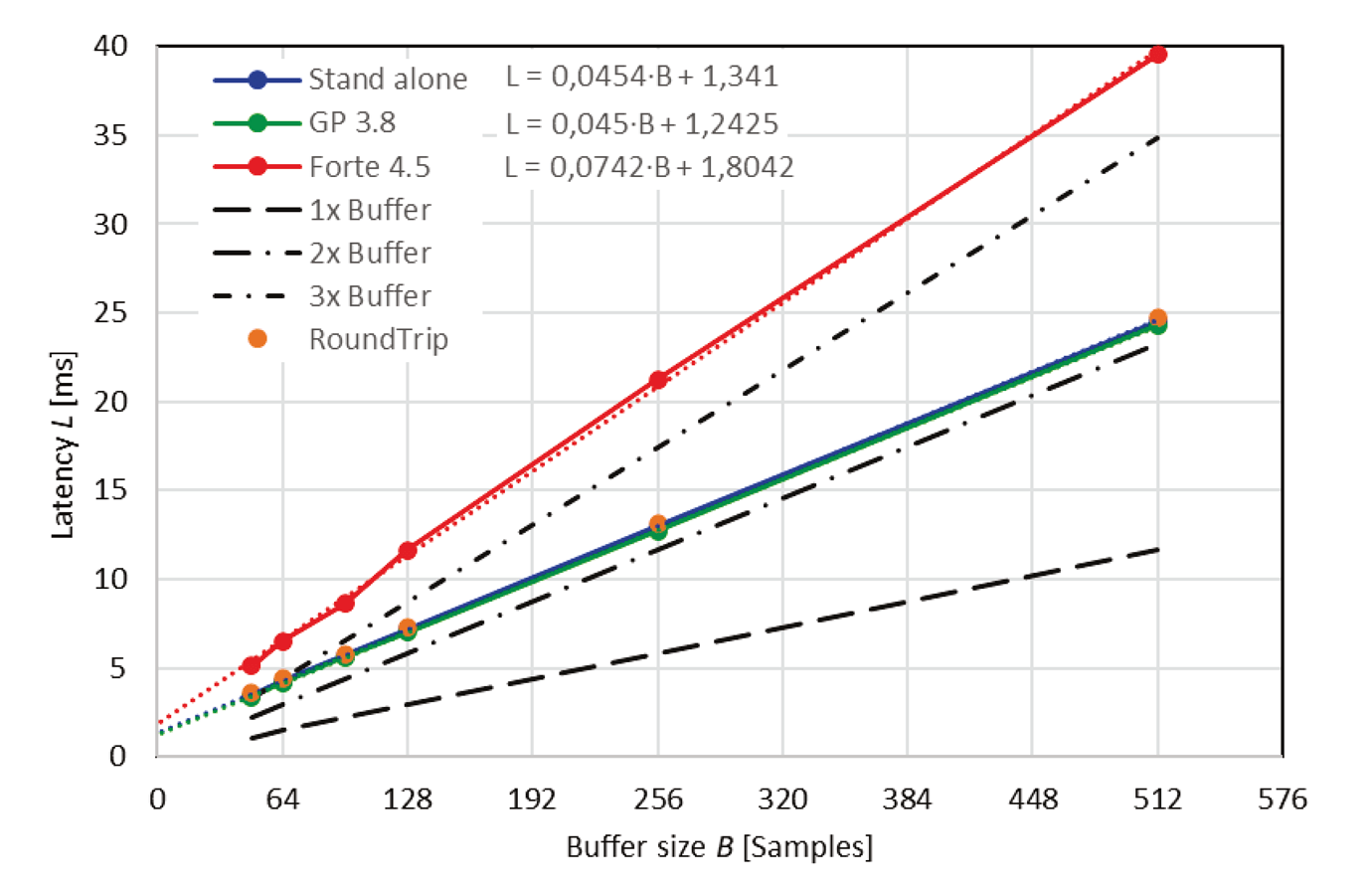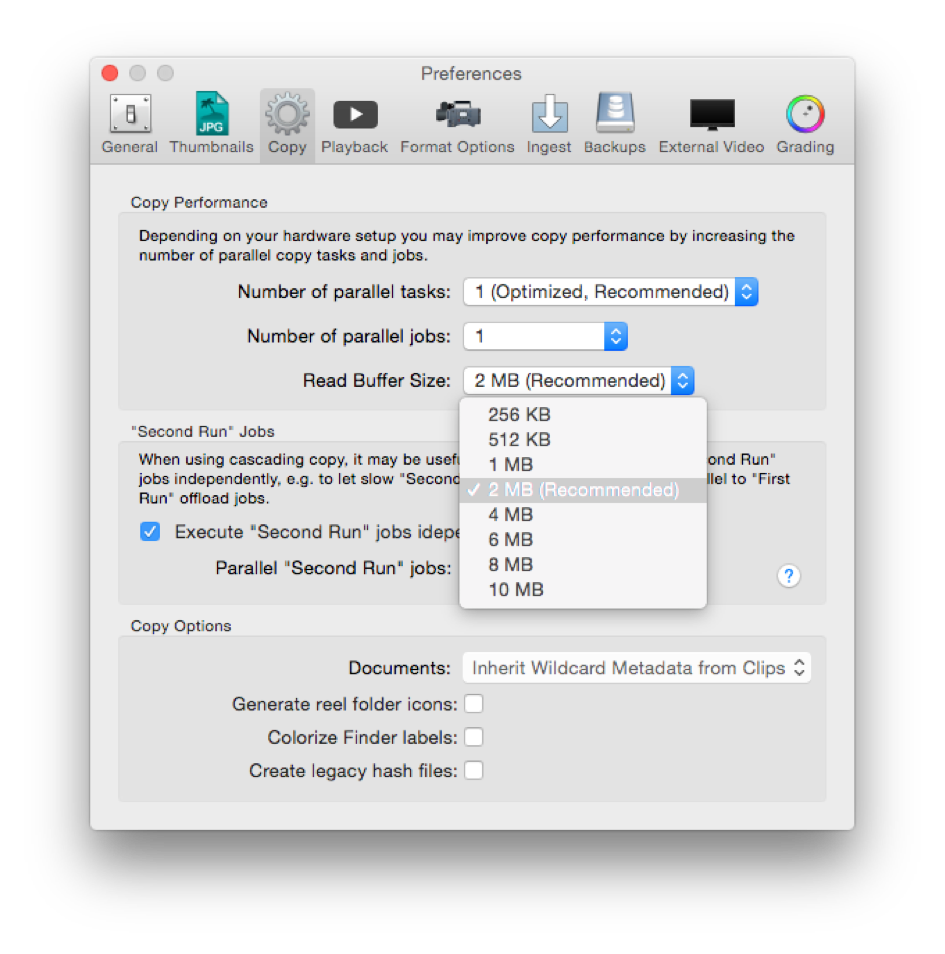


Results from a titration experiment show that 0.1 M AA solution has sufficient buffer capacity at pH 5.0 while 0.5 M AA solution is useful even at pH 6.0. Latency is not a factor when just listening to music outside of a DAW (Youtube/Spotify/Media Players) so the buffer size can be set to its highest settingįor more information about latency, please see the below article.ġ This assumes that neither the analogue circuitry nor the analogue to digital converter, in the input stage have any filtering to cut out or attenuate higher frequencies.Ģ This rule is known as the Nyquist Theorem.ģ Audio for film tends to be recorded at either 48kHz or a higher multiple of 48kHz for better synchronisation against film frame rates.The goal of this study is to explore the use of ascorbic acid (AA) as a buffer agent and a radiolytic stabilizer for preparation and stabilization of radiolabeled DOTA-biomolecule conjugates.When listening to general Music/Audio outside of a recording project: This will reduce the chances of any clicks and pops being heard when you add effects plug-ins. As latency is not really a factor when mixing, you can afford to put the buffer size at its highest setting.If you start hearing clicks and pops or your DAW gives you an error message, either raise the buffer size or reduce the number of effects plug-ins/audio tracks in your project Set the buffer size as low as you can to reduce latency.We do not recommend a specific setting because it will depend on your specific project. It is important to find the right buffer size for your session as this can vary depending on the number of tracks, plug-ins, audio files etc. Increasing the buffer size will allow more time for the audio to be captured without distortion. When introducing more audio tracks to your session, you may need a larger buffer size to accurately record the signal with no distortion and limited latency.
Syncovery buffer size driver#
This can often be fixed by increasing your buffer size in the audio preferences of your DAW or driver control panel.

You can reduce your buffer size to reduce latency but this can result in a higher burden on your computer that can cause glitchy audio or drop-outs. This applies when experiencing latency, which is a delay in processing audio in real-time. However, the maximum range of human hearing typically does not exceed 120dB.Ĭommon Bit Depths: 16, 24, 32-bit float Buffer Sizeīuffer Size is the amount of time allowed for your computer to process the audio of your sound card or audio interface. As you increase bit depth, you expand the threshold of what can be heard and recorded by your recording software. Dynamic range is the difference between the lowest and highest volume of a signal that can be recorded. Bit Depthīit Depth is the number of “bits” captured in each sample per second.Īs bit depth changes, so does the dynamic range. There is debate in the audio community about the value (or lack of) of using higher sample rates for situations that don't fall into the above categories (I.e., for general recording purposes).
Syncovery buffer size full#
Since sample rates of 44.1/48kHz allow us to capture frequencies spanning the full range of human hearing, you wonder what the purpose of higher sample rate options is. What's the point of higher Sample Rate options? The range of human hearing is from around 20Hz to 20kHz (though we lose the ability to hear the higher frequencies as we get older) so sample rates of 44.1 & 48kHz are more than capable of capturing the full range of the human audible spectrum.Īs such, the vast majority of digital music available by typical distribution methods (streaming on Spotify/Apple Music, CDs) is at a 44.1kHz sample rate, audio for film tends to be at 48kHz 3. This means, when using a sample rate of 48kHz, we can capture audio frequencies up to 24kHz. Sample rate ÷ 2 = maximum frequency that can be correctly captured The maximum frequency that can be captured correctly by a recording device 1 is limited by the sample rate the device is set to. 48000 (forty-eight thousand) samples are being captured each second by your audio recording device.Īs you increase the sample rate, you capture more samples of the incoming audio signal each second. Sample Rates come in 'bands' and common examples include:įor example, when recording using a sample rate of 48kHz. Sample Rate values are typically written in kHz (kiloHertz). It is to audio what frame-rate (Frames Per Second) is to video. Sample Rate is the number of times the audio is captured per second.


 0 kommentar(er)
0 kommentar(er)
